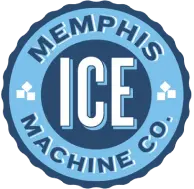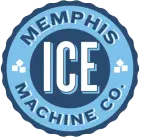proudly serving
the mid-south
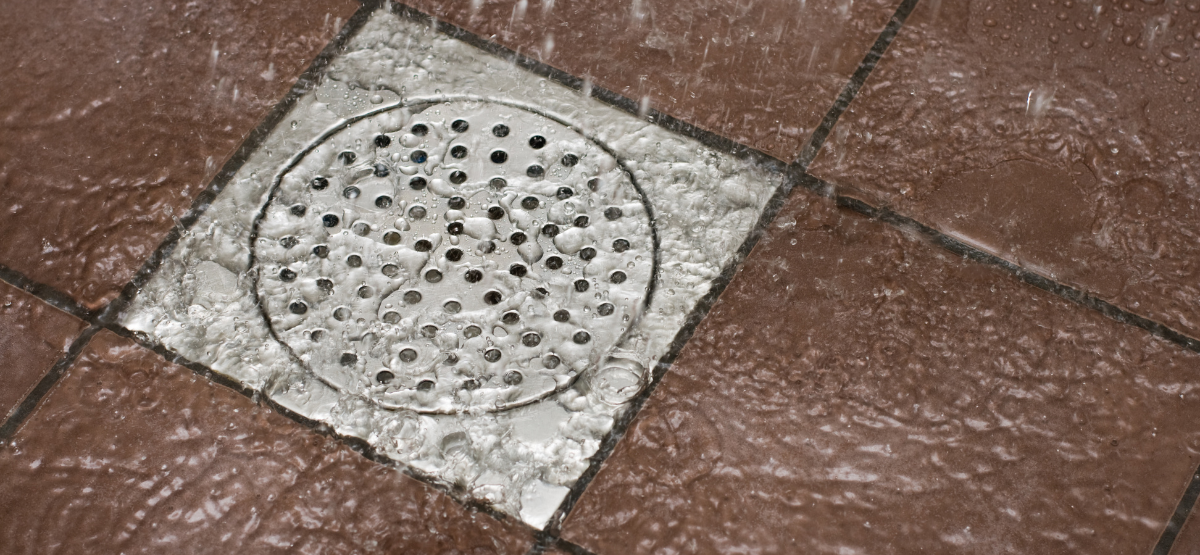
Installing Your Commercial Ice Machine: Everything You Need To Know About Drain Setups – Memphis Ice
Does your commercial ice machine really need a drain? Learn proper ice machine installation (including drainage) that keeps your ice maker running smoothly.
A big part of proper ice machine installation is ensuring you have the right drainage system set up. You see, water management is crucial for your ice maker to function properly. When a commercial ice machine converts water into frozen ice cubes, it creates excess water, not only from the unused water, but also from condensation within the ice machine. And, you guessed it, that water has to go somewhere.
All ice machines require a drain, and sometimes not just one. In fact, your ice machine may have multiple drains—anywhere from one to four, depending on its configuration.
Whether you’re planning your new ice machine installation or reconfiguring your current commercial kitchen setup, here’s everything you need to know about your commercial ice machine drain.
Why Do Ice Machines Need A Drain?
Ice machine drains prevent the buildup of melted ice within the unit, ensuring your machine runs smoothly and efficiently. It also releases condensate, the natural byproduct of the cooling process. This reduces the risk of mold growth, foul odors, and component deterioration. By facilitating the smooth disposal of condensate, your ice machine remains in top-notch condition, delivering crystal-clear ice every time.
Related: The 5 Worst Locations To Install Your New Ice Machine
What Kind Of Drains Are Used?
Floor Drains
Floor drains are the most common method due to their capacity to handle higher water volumes. These drains are built directly into the floor, draining either into the business’s sewer line or outside, depending on the setup. Floor drains come in various shapes and sizes, such as round, square, floor sink (sunken), and mop sink (elevated).
To ensure proper functionality and prevent sewer water backup, all ice machine drains require an air gap of a few inches between the ice machine’s drain termination point and the business’s drain access point. This should be around 2 inches, and is designed to prevent any potential issues with the floor drain from affecting the commercial ice maker or ice bin. However, it’s essential to check your local health codes during installation to ensure compliance with the specified air gap length.
Standpipe Drains
Standpipe drains are elevated pipes extending from walls or floors, which deposit water into your drainage system. If you’re considering a standpipe for your ice machine drain, double check that its capacity matches the water volume produced by the machine. Watch out for short pipes or small diameters as they may cause water overflow, potentially leading to floor damage.
Keep in mind that most ice bin drains are pretty low, around 5-6 inches off the ground, so if the standpipe is too tall, you might need to elevate the machine or incorporate a drain pump. In certain cases, shortening the standpipe to ground level effectively transforms it into a floor drain, but consulting a plumber is essential to determine adjustments based on your ice maker’s water purging during harvest.
If the standpipe connects to the sewage line, check compliance with your city’s health code by fitting it with a P-trap, preventing sewer gas escape. Like floor drains, standpipes must also adhere to the required air gap regulations specified by your city’s health code.
Wall Drain
As you probably guessed, wall drains are vertical drains running through your walls. When the ice machine releases water, it flows into the wall drain, directed either outdoors or into another access point leading to the drainage system. It’s important to note that if the wall drain connects to the sewage line, a P-trap installation is necessary. Similar to floor drains and standpipes, these setups also require an air gap between the ice machine’s drain and the access point.
Wall drains are especially popular for small commercial ice makers like countertop and undercounter ice machines, where the drains can run down through the countertop and directly into the wall drain beneath the counter, and in many locations, they can be connected to an existing sink drain.
What If There Is No Drainage Available?
If you don’t have the drainage infrastructure to install a commercial ice machine, you should reconsider your commercial kitchen layout.
When installing their commercial ice machine, some people use a condensate pump, however this isn’t usually a good idea. Although not originally intended for commercial ice machines, some people have managed to use condensate pumps on ice bin drains due to similar ice melt rates as condensation.
However, it’s important to recognize their limitations as condensate pumps cannot handle the larger volume of water from other areas of the ice machine, such as condenser drains and reservoir drains. Attempting to use them for these purposes could lead to overflow and floor damage, as their pumping capacity falls short of the ice machine’s water output. That’s why condensate pumps may serve as a temporary fix, they should only be considered as a last resort option for draining ice machines.
Commercial Ice Machine Installation & Repair in Memphis
When you buy a commercial ice machine, the work has only just begun. Make sure you follow best practices when installing your ice machine, and keep in mind that routine maintenance will ensure a nice long life for your investment.
If you find yourself in need of installation assistance, or need expert ice machine repair, the technicians at Memphis Ice Machine company are ready to help. Contact us today!
Recent News
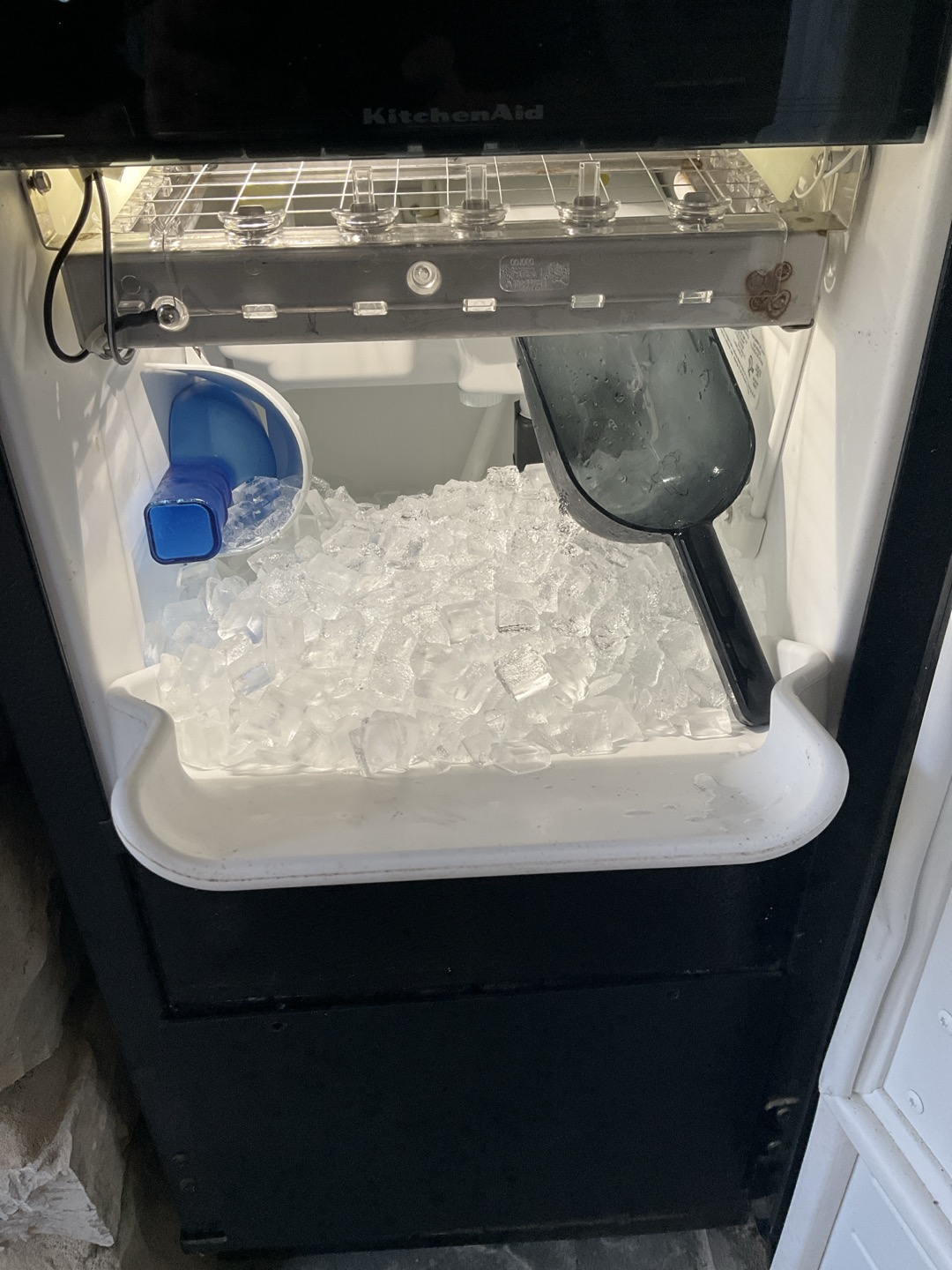
Best Maintenance Tips for Bar Refrigeration Systems to Keep Your Drinks Cold and Equipment Running Smoothly
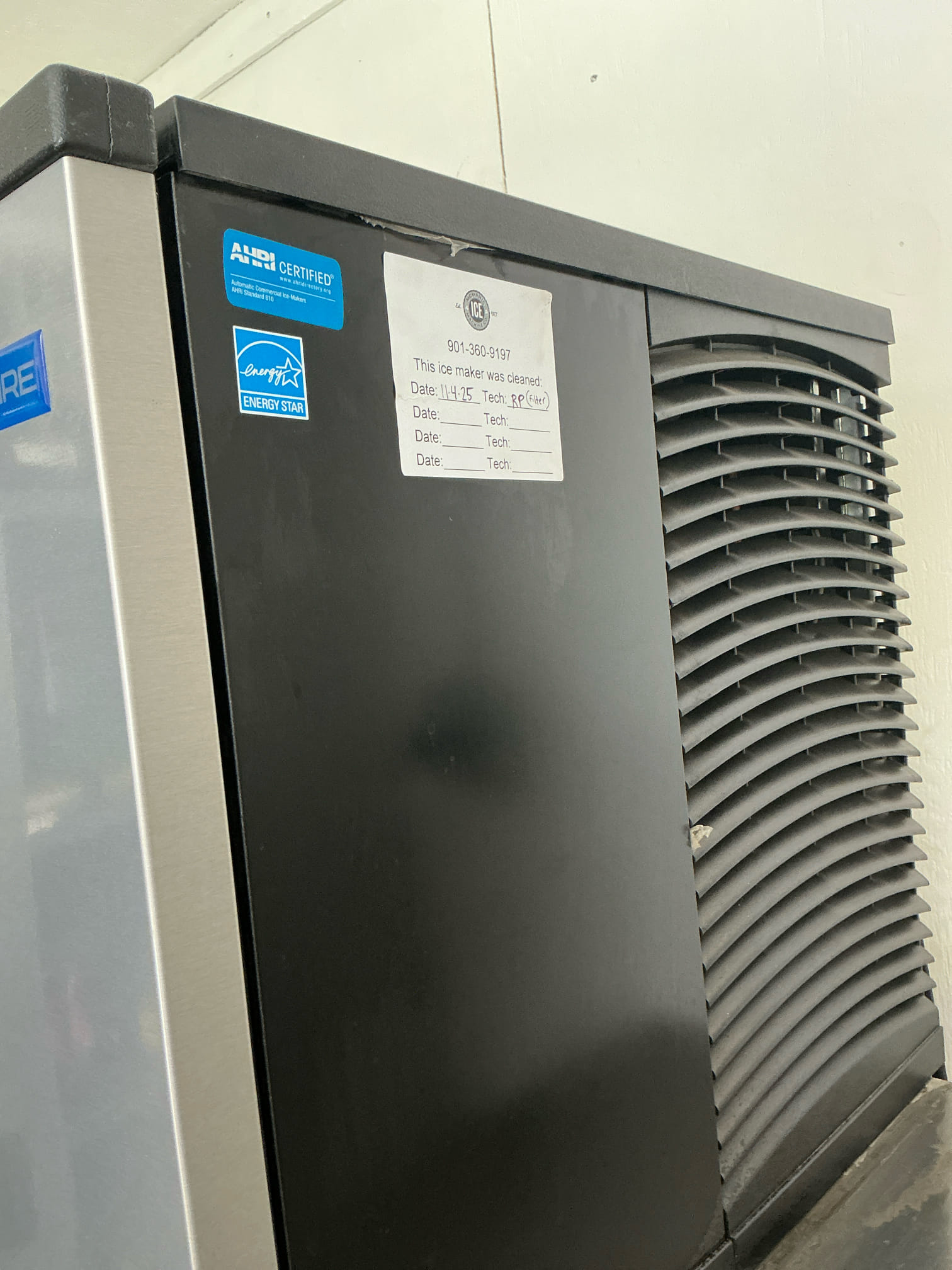
Benefits of Working with Certified Refrigeration Technicians for Reliable and Efficient Cooling Solutions
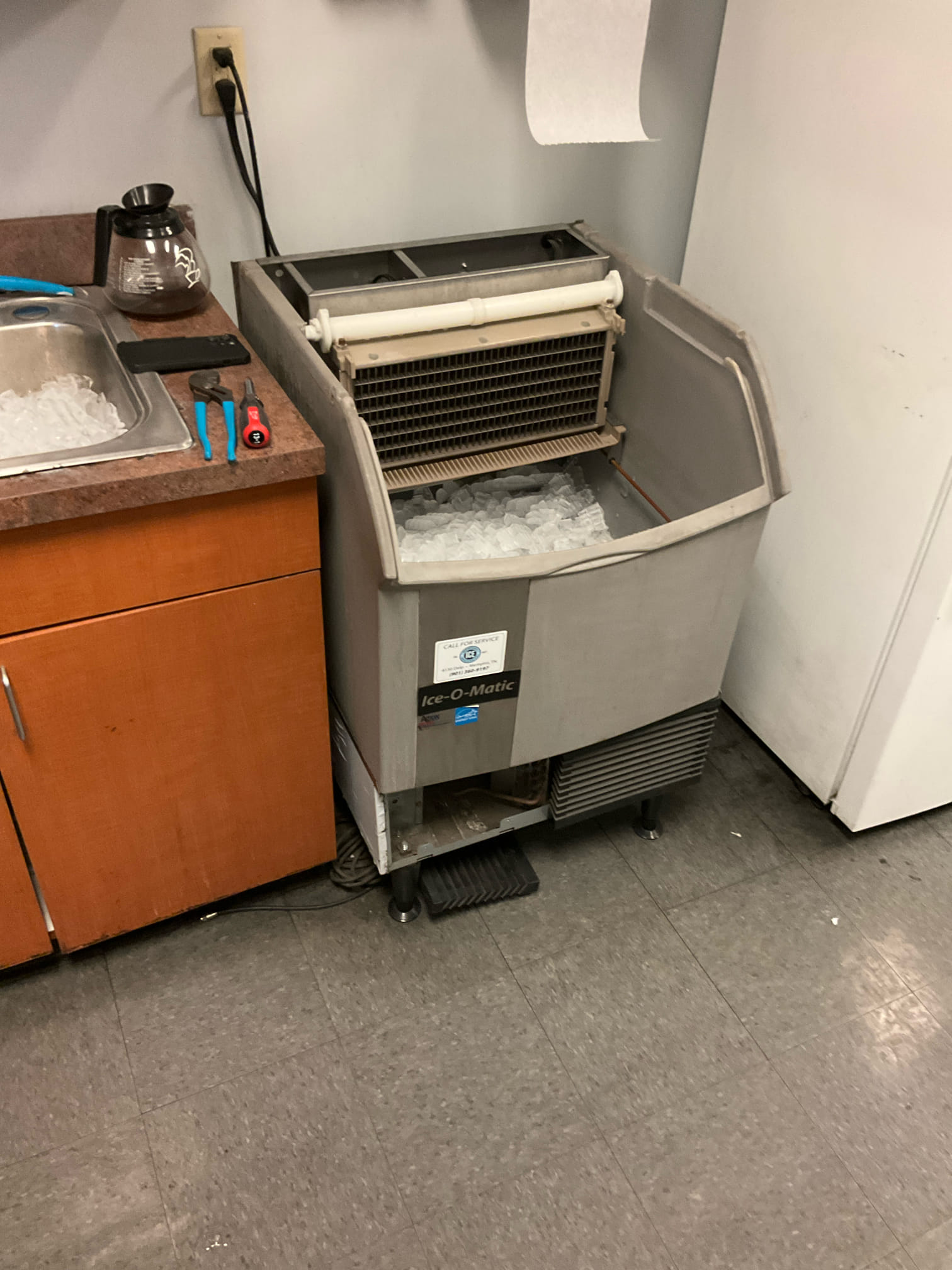
Walk-In Freezer Organization Tips for a Cleaner, More Efficient Space

What Impacts Ice Machine Performance In Humid Climates Friendly Tips To Keep It Running Smoothly
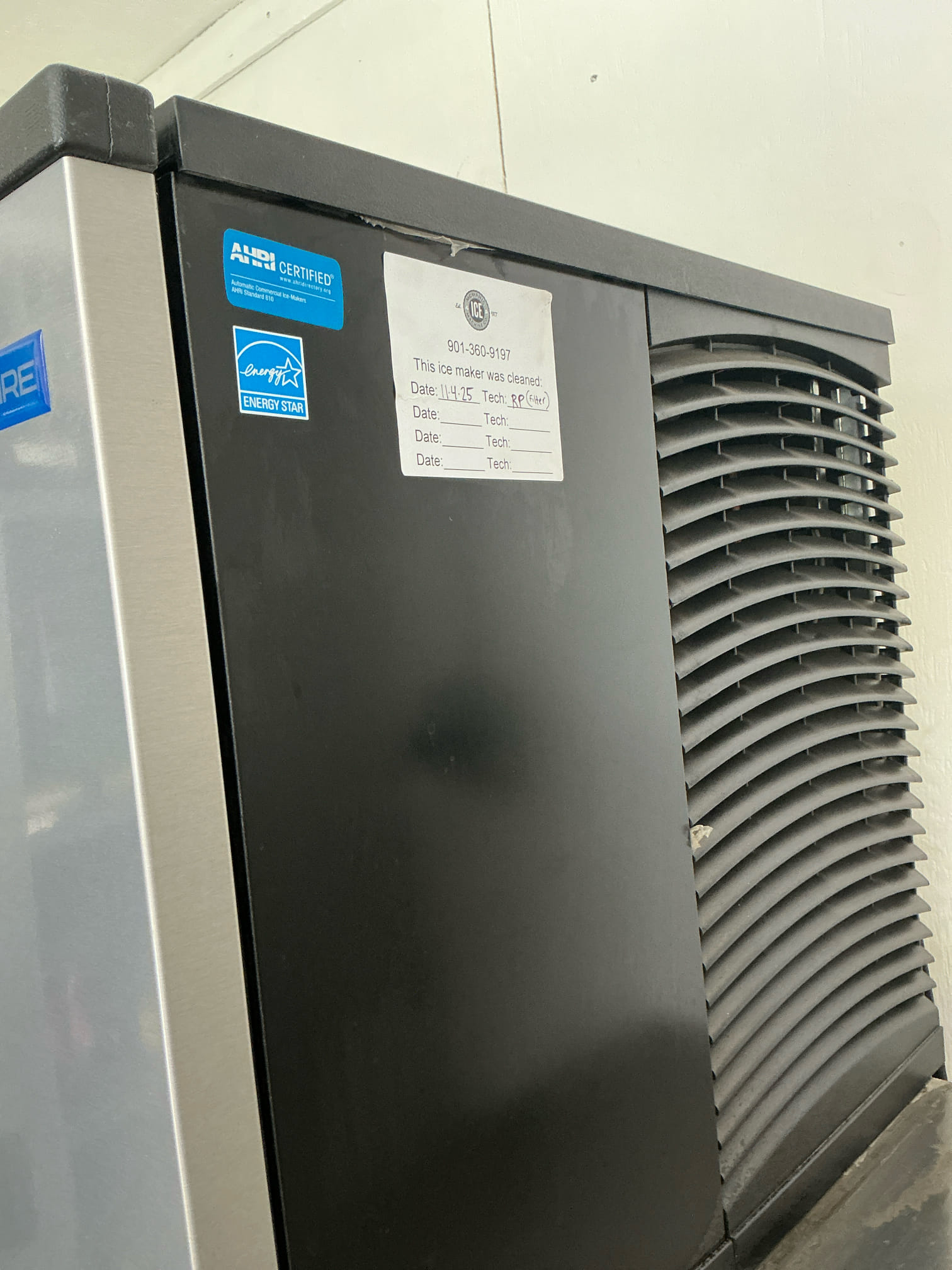
Benefits of Routine Walk-In Cooler Maintenance for Restaurants to Save Money and Improve Efficiency

Ringing in the New Year: The Best Drinks Start with the Best Ice


